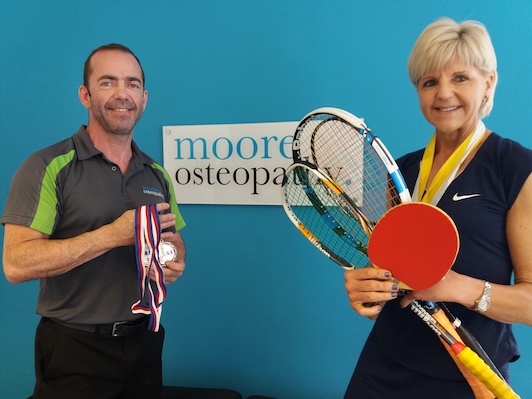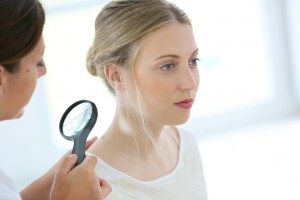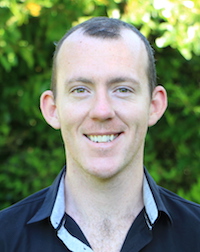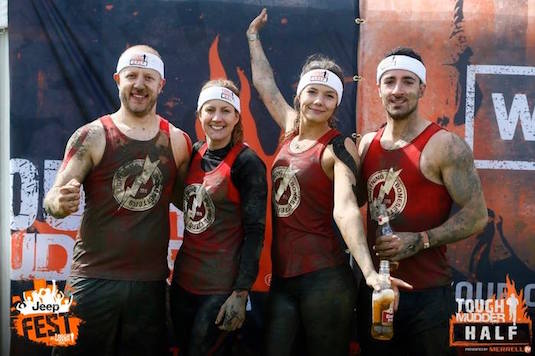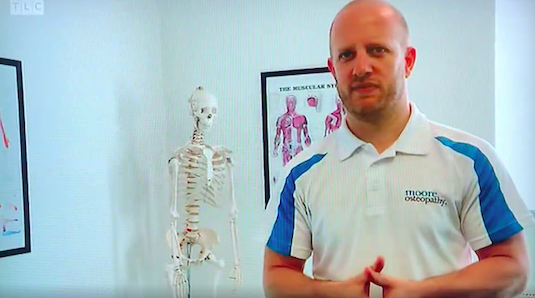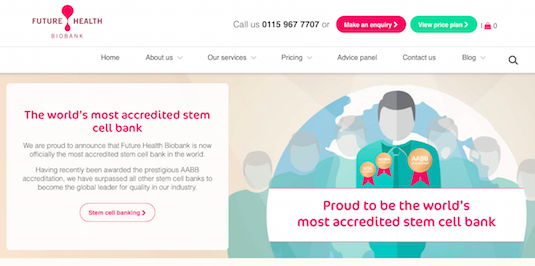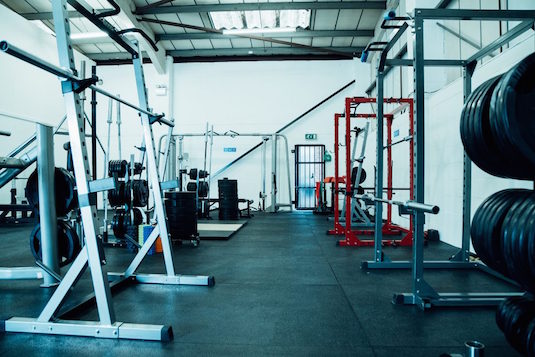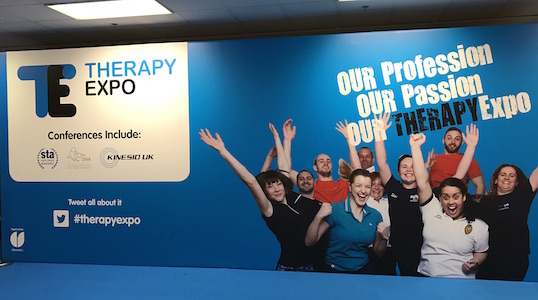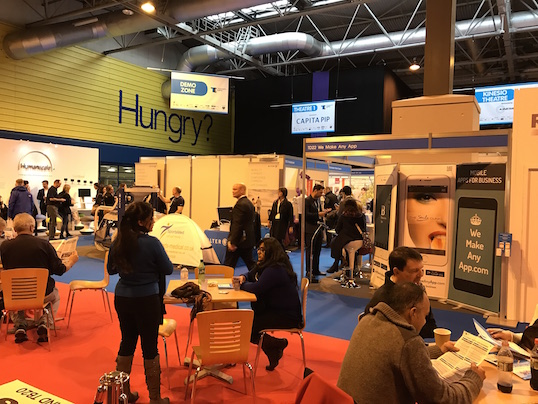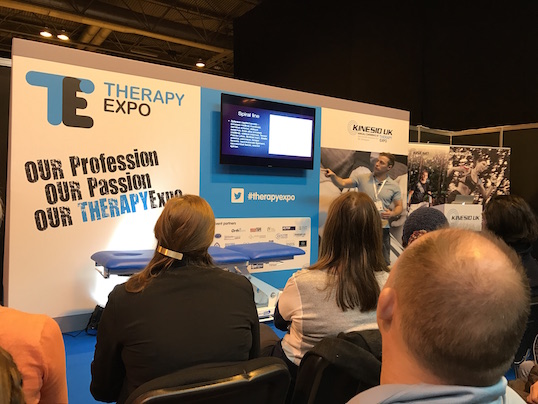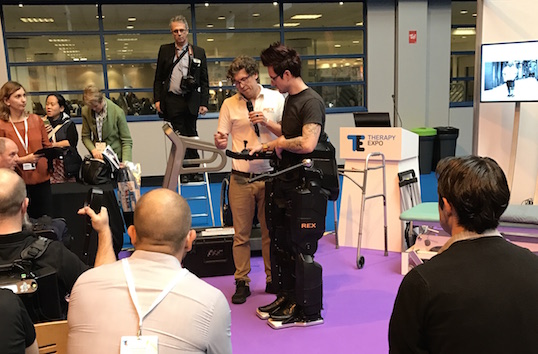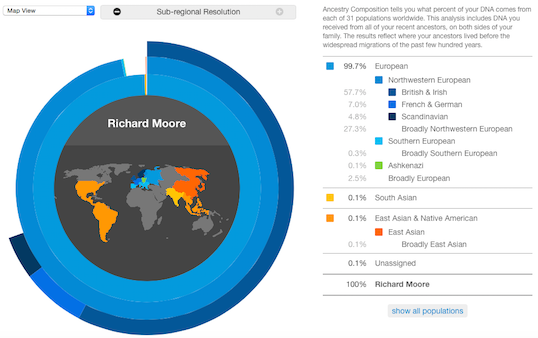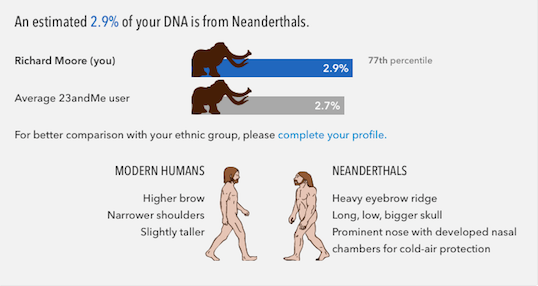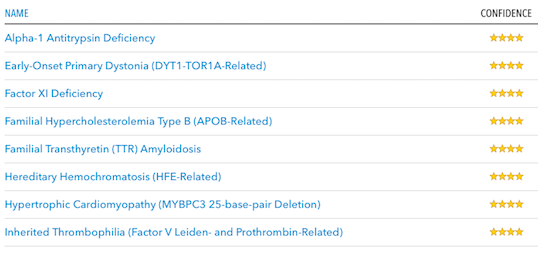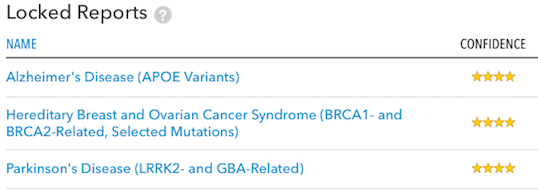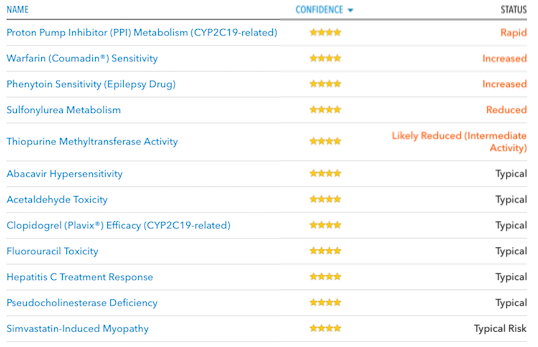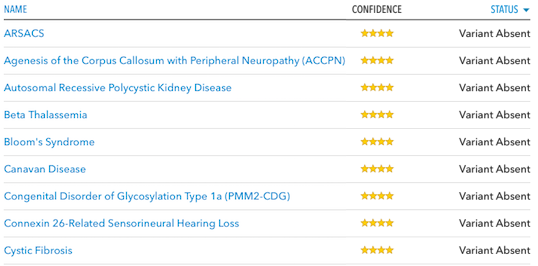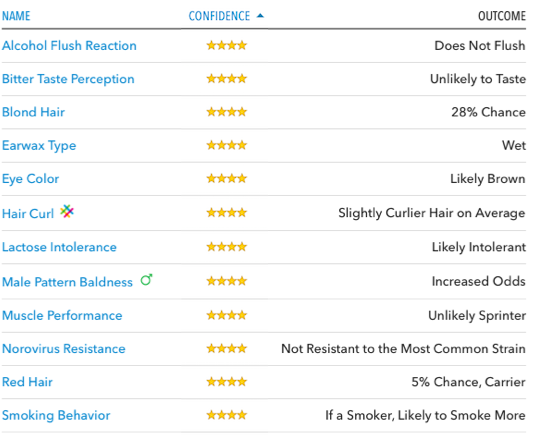Everywhere you look on social media are the standard before-and-after photos associated with a 6, 8 or 12 week “body transformation”. I’ve always been intrigued by what these actually entailed, so I thought it was about time that I tried it to see what I could achieve.
Under the guidance of Real World Fitness here in Nottingham, I followed an exercise and diet plan for the 12 weeks in the lead-up to Christmas 2016, focussing on what I could achieve without any ‘extreme’ measures, which I’ll elaborate on later.
My starting point was a weight of 87.4kg, chest measurement of 40.9 inches and a waist measurement of 37.2 inches.
By the end of the 12 weeks, I weighed 81.2kg, had a chest that measured 42.9 inches and a waist of 35.2 inches.
So I lost over 6kg and actually changed my body proportions – not bad for a 3 month experiment!
So what did I do….

Training/exercise
Training was almost entirely restricted to full-body, resistance-based, weight training. I was initially training 2-3 times a week but, by the end, was regularly training 4 times a week, for around an hour each time.
A typical week would consist of a mixture of upper and lower body, pushing and pulling movements, with a session looking like this:
- Barbell Press – 4 sets of 6
- Weighted dips – 4 sets of 6
- Military press – 4 sets of 8
- Barbell rows – 4 sets of 8
- Cable lateral raises – 4 sets of 12
There was no ‘cardio’ on top of this programme, other than staying as active as possible outside of the gym. To help me focus this, I bought a pedometer and really tried to hit 10,000 steps a day. For me, this meant walking to work a couple of times a week and on days where I hadn’t hit my target, going out for a walk in the evening after dinner. Not much fun in the cold, wet winter months I can testify!!
I also bought a cheap (and a bit rubbish) exercise bike off Ebay to go on if I was unable to get out for a walk. I limited this to 20 minutes maximum and only did it a couple of times a week, so no long, boring cardio sessions for me – excellent!

Diet
I was adamant that I didn’t want to spend hours on end, ‘prepping’ repetitive food into little tupperware boxes at the weekend, I wanted to eat ‘normal’ food and to eat meals with my family at home.
So we opted for a ‘flexible dieting’ or ‘If it fits your macros (IIFYM)’ approach, where the overall daily calorie amount and macronutrient breakdown of protein, fat and carbohydrates was predetermined but could be met using any mixture of foods, meals and servings.
For me this was:
- 2,230 calories per day
- 40% protein (223g)
- 25% fat (62g)
- 35% carbohydrates (195g)
This approach was ideal for me as I could stick to a ‘normal’ eating regime of breakfast, lunch, dinner and then an extra meal in the evening, to make sure I met all my targets. My personal approach to nutrition promotes eating as wide a range of foods as possible, so again, it suited me.
However it did mean becoming extremely au fait using My Fitness Pal and getting into the habit of weighing EVERYTHING that I ate. To be honest it was a pain in the beginning but you soon get used to it. Eating out was difficult and, if I’m honest, I did take the scales out with me a couple of times during the 12 weeks… Another reason to not do this experiment in the run-up to Christmas!
But overall, I didn’t feel hungry, got it right most (!) of the time and just ate regular food. Even it did mean more of certain foods, such as protein, than I was used to.

Overall Thoughts
I can’t help but be very proud of the end results. I worked REALLY hard during the 12 weeks, not just in the gym but also making sure that I was hitting my targets with daily activity outside the gym and, perhaps most importantly, the food, both in terms of overall calories and also the individual macros. Of course, I didn’t get it right all the time but it generally seemed to get easier as time went on.
Yes, it did get repetitive at times and I did tire of all the weighing and planning, but wherever possible I mixed things up to keep myself motivated. The prospect of a photoshoot at the end certainly helps keep focus! Without that focus….?
Looking back, the key for me wasn’t any fancy diet or elaborate training plan, it was all about… CONSISTENCY. And by that I mean: training 4 times a week, EVERY week, watching what you eat, EVERY day and keeping active EVERY day. I think prior to this I was following an unofficial 5:2 diet, where I ate and exercised well during the week and they it all went a bit haywire at weekends! The only way to get decent results is to think of it all as a 7-day a week plan… every week!!
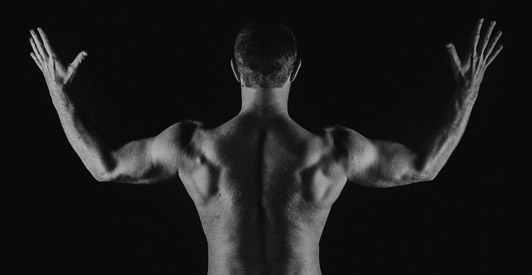
And What Now?
Although the photos looked great and the scales were very flattering, I must admit that by the end of the 3 months I was beginning to find the gym-based training a little repetitive and not necessarily something that I could envisage doing indefinitely. That said, I would be happy to continue with this style of training in the short term but I found that by the end of this project, I felt stiffer and less mobile than I had for a long time. Mobility and flexibility has always been important to me.
So, my training from here will certainly take elements from the above training but not be limited by it. I intend to add in more mobility work and bodyweight exercises to keep my muscle mass and shape whilst challenging my movement and mobility.
Overall my main priority is to maintain the good results that I achieved and the lessons that I learnt in terms of nutrition have been invaluable. I did find that over 220g of protein a day was rather high, so I’ll drop that down to somewhere around 200g (or even a little lower) but otherwise, will leave things as they were. That said, I do like experimenting with my diet to find out what works best for me, so I might experiment with some high-fat or carbohydrate manipulating options instead….
Let’s see what I can do in 2017….!
Richard
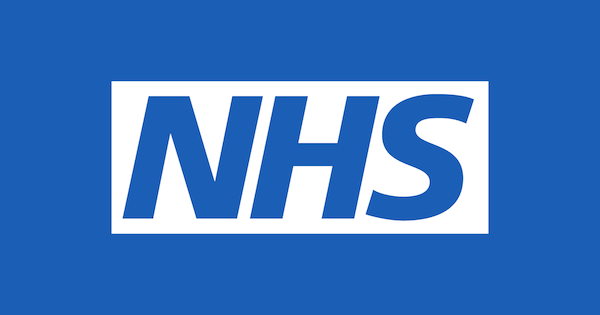

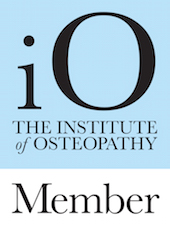
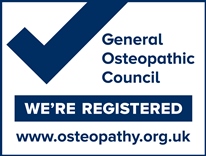
 March 20, 2019 | Posted by Richard
March 20, 2019 | Posted by Richard  Categories:
Categories:  Tags: |
Tags: | 
